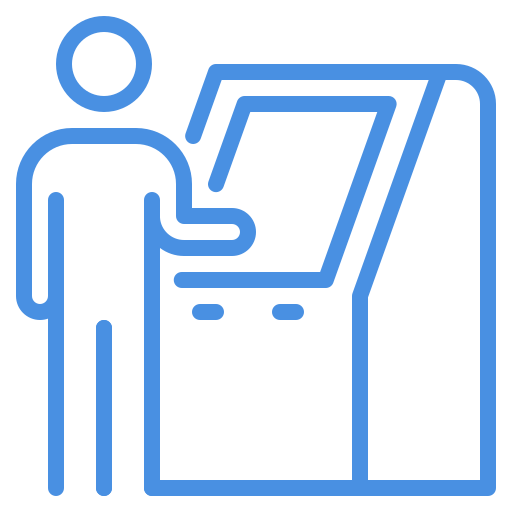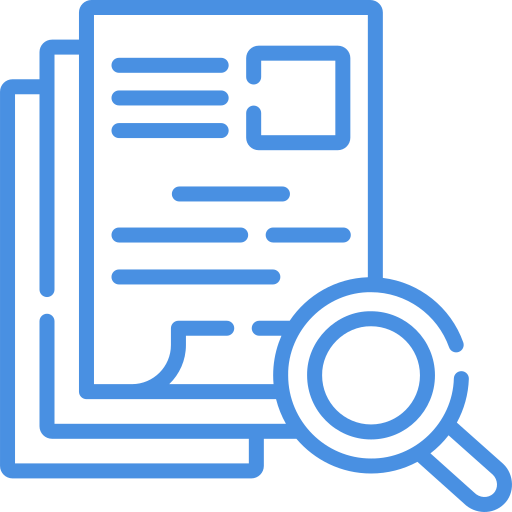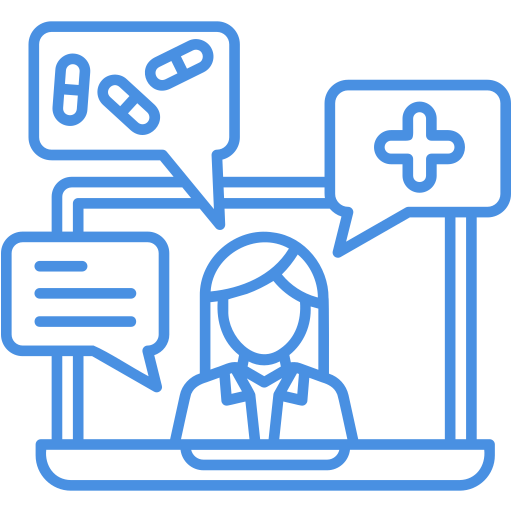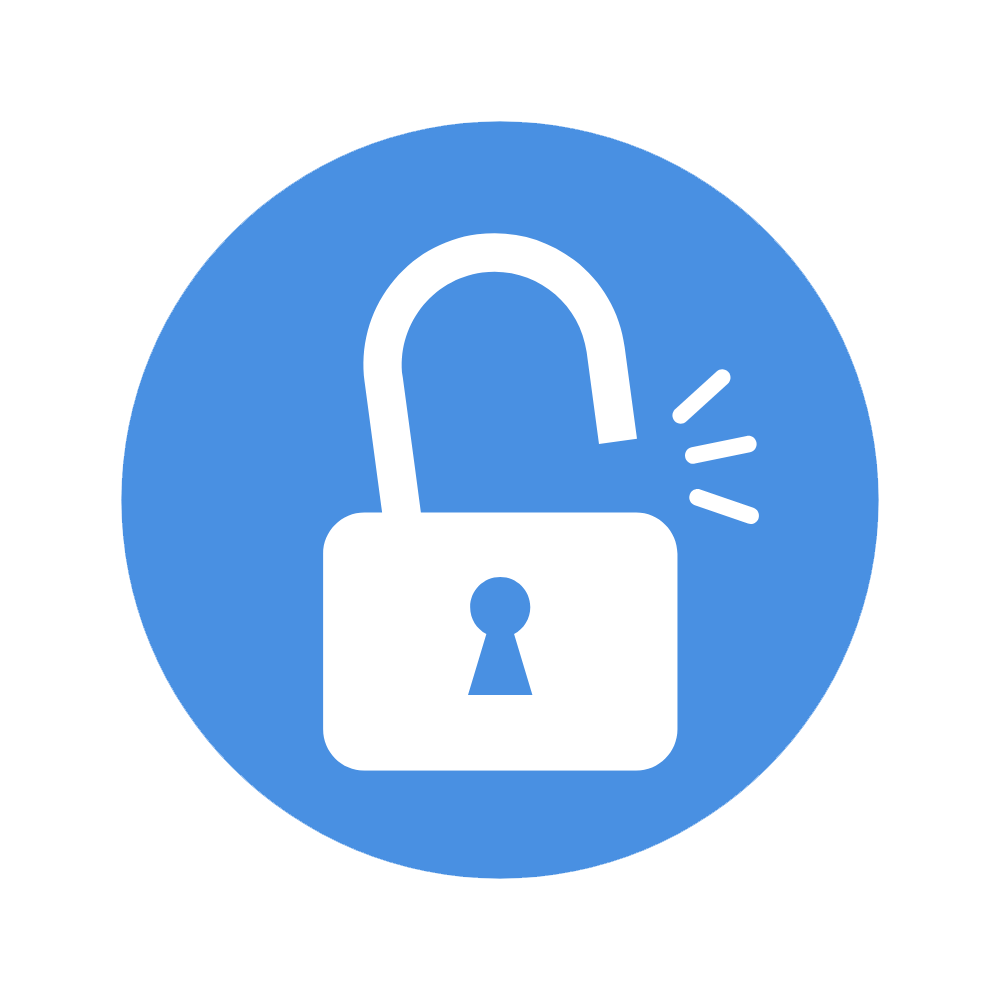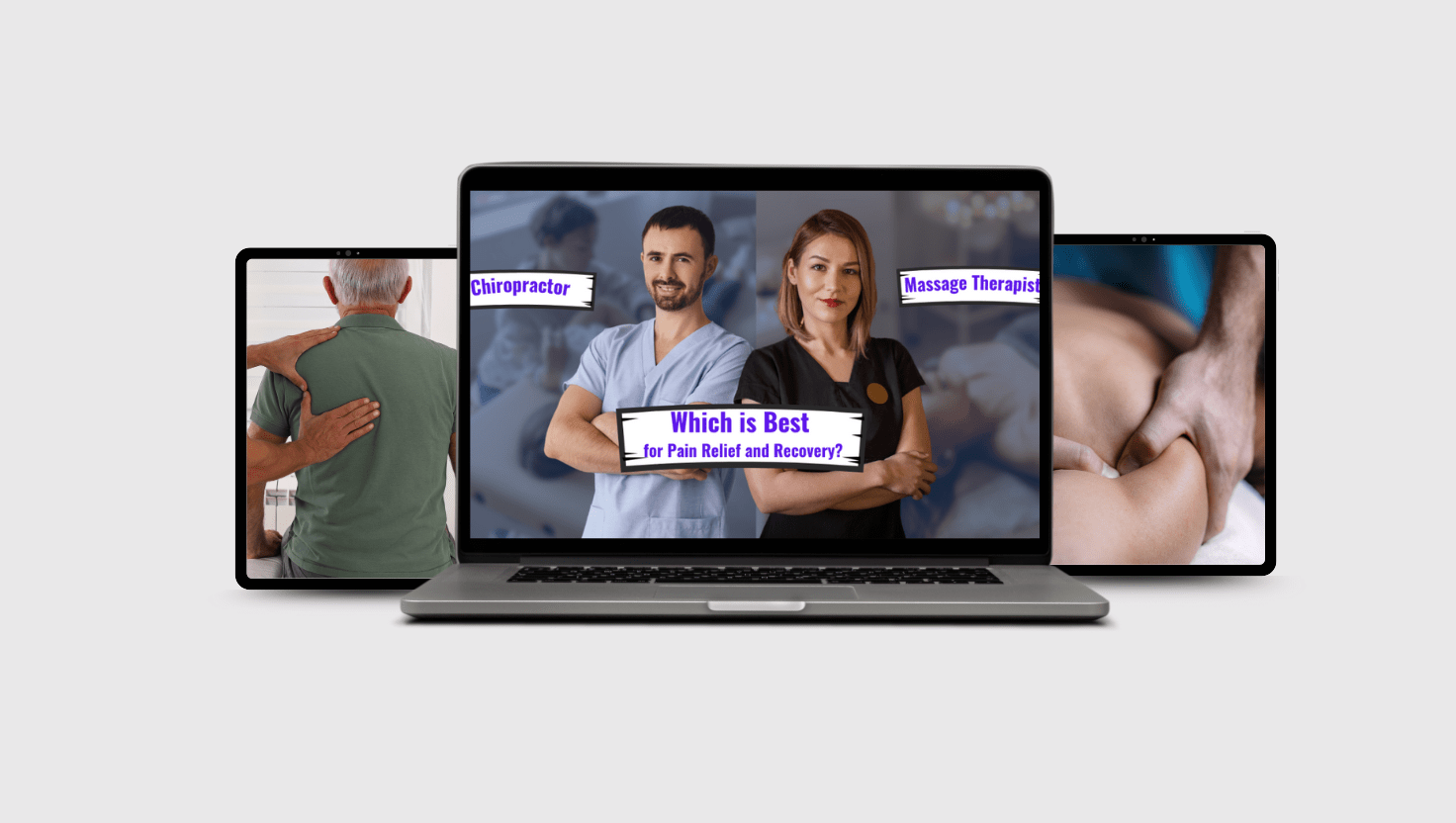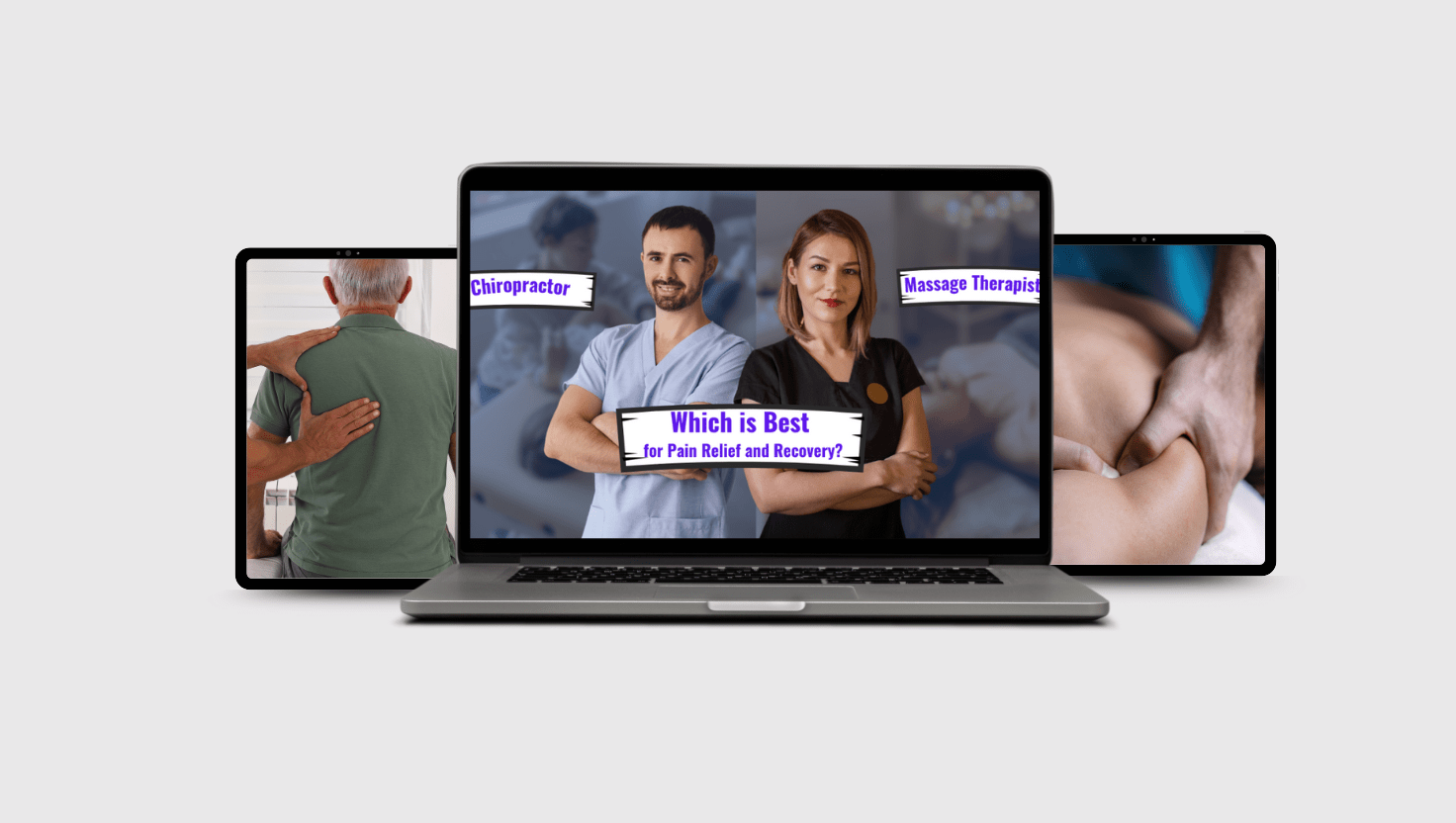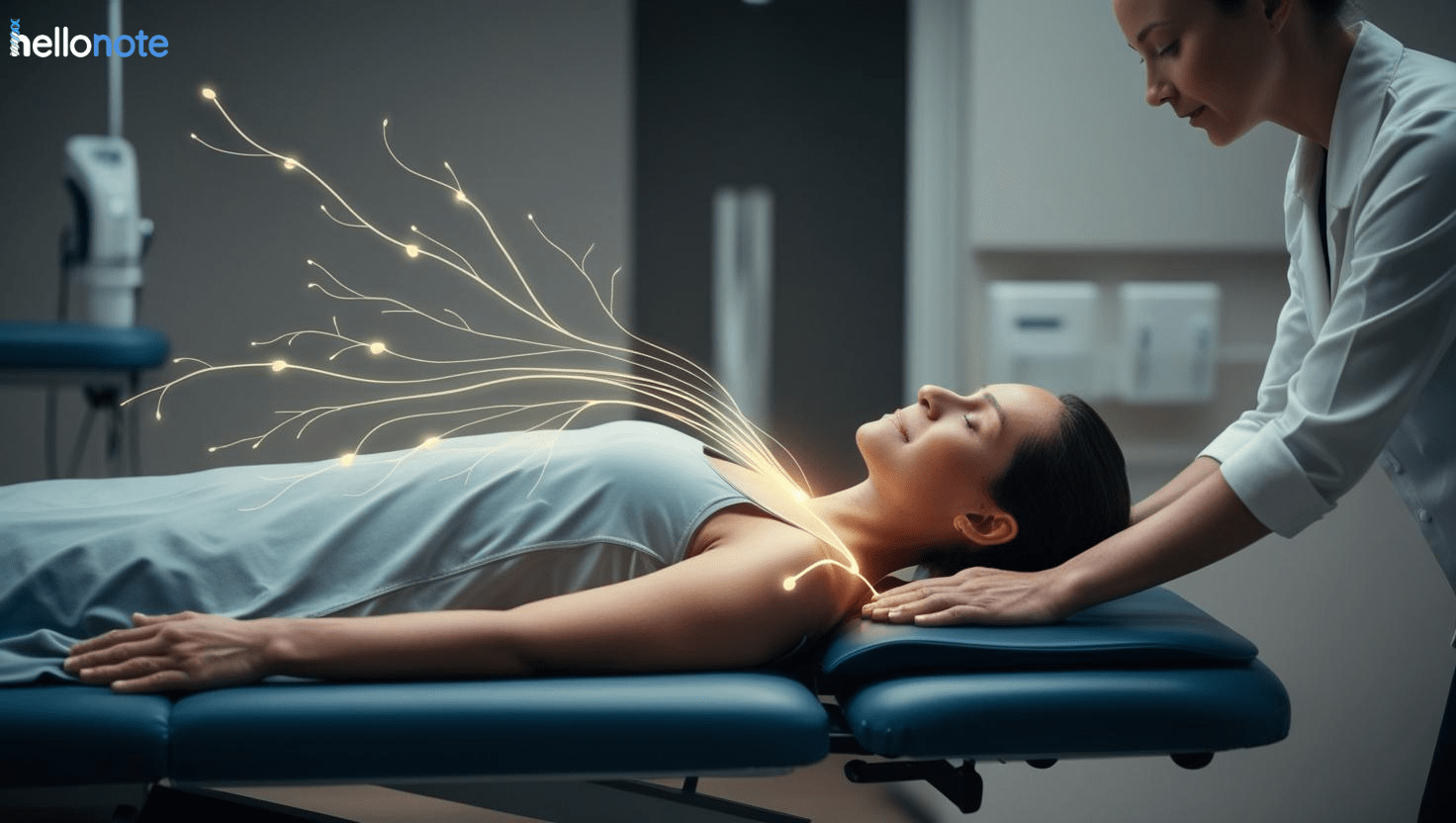Clinical Specialization for Therapists: Advancing Expertise & Patient Outcomes

Introduction: Why Clinical Specialization Matters for Therapy Professionals
As healthcare evolves, therapists must continuously enhance their knowledge and skills to provide specialized, high-quality patient care. Clinical specialization for therapists allows rehabilitation professionals to maintain expertise, improve patient outcomes, and stay competitive in their respective fields, contributing to therapy professional growth.
This article explores the importance of this expertise in Physical Therapists (PTs), Occupational Therapists (OTs), and Speech-Language Pathologists (SLPs), emphasizing how maintaining expertise, continuing education for therapists, and adapting to communication diversity can enhance professional growth and patient care.
Clinical Specialization in Physical Therapy: Enhancing PT Expertise & Care
Physical Therapists (PTs) treat a wide range of conditions, from musculoskeletal injuries to neurological disorders. Specializing in a specific practice area allows PTs to provide advanced, evidence-based treatments that lead to better patient outcomes. This focus on PT Specialization is key, offering benefits for physical therapists.
Importance of Clinical Specialization for Therapists
Enhances patient care and treatment efficiency by developing expertise in a targeted area.
Increases career opportunities by qualifying PTs for specialized roles in hospitals, private practices, and rehabilitation centers.
Helps PTs stay aligned with research-based interventions that improve mobility and function.
Popular Specialization Areas for PTs
PTs can pursue certification in various specialties through organizations like the American Board of Physical Therapy Specialties (ABPTS). Some recognized specialties include:
Orthopedic Physical Therapy – Focuses on treating musculoskeletal injuries, post-surgical rehab, and chronic pain conditions.
Neurologic Physical Therapy – Specializes in rehabilitating patients with stroke, spinal cord injuries, and Parkinson’s disease.
Pediatric Physical Therapy – Helps children with developmental delays, cerebral palsy, and neuromuscular conditions.
Geriatric Physical Therapy – Addresses age-related conditions like osteoporosis, balance deficits, and joint degeneration.
Sports Rehabilitation – Works with athletes recovering from injuries to restore performance and prevent re-injury.
Maintaining Expertise in PT Specializations
Pursuing board certifications to validate expertise and enhance credibility.
Attending workshops and seminars to stay updated on emerging treatment techniques.
Engaging in mentorship programs to refine skills under experienced specialists.
Utilizing EMR systems like HelloNote EMR to track patient progress and document specialized interventions efficiently.
Continuing Education for Occupational Therapists: Staying Updated in a Dynamic Field
Occupational Therapists (OTs) help individuals regain independence in daily activities through customized interventions. With continuous advancements in rehabilitation, OTs must stay informed about the latest research, tools, and treatment techniques. This commitment to OT Continuing Education is crucial, demonstrating how OTs stay updated in rehabilitation.
The Role of Continuing Education for OTs
Keeps therapists informed about regulatory updates, therapy advancements, and evidence-based practices.
Improves clinical decision-making by integrating new rehabilitation techniques and assistive technologies.
Expands career growth opportunities by allowing OTs to specialize in high-demand areas such as hand therapy or neurorehabilitation.
Key Specialization Areas for OTs
OTs can focus on specific populations or treatment areas, including:
Hand Therapy – Treating upper extremity injuries, post-surgical rehabilitation, and fine motor impairments.
Sensory Integration Therapy – Working with children with sensory processing disorders, autism, and ADHD.
Neurological Rehabilitation – Assisting stroke survivors and brain injury patients in regaining motor and cognitive function.
Ergonomics and Workplace Therapy – Helping employees prevent workplace injuries and improve productivity.
Geriatric and Dementia Care – Supporting older adults in maintaining independence and managing cognitive decline.
How OTs Can Stay Updated
Earning advanced certifications like Certified Hand Therapist (CHT) or Neuro-Developmental Treatment (NDT) Certification.
Attending professional conferences hosted by organizations like AOTA (American Occupational Therapy Association).
Taking online courses and webinars to learn new therapy techniques and adaptive equipment use.
Documenting patient progress with HelloNote EMR to track outcomes and enhance treatment planning.
Speech-Language Pathologists: Adapting to Diverse Communication Needs Through SLP Specialization
Speech-Language Pathologists (SLPs) work with patients of all ages, addressing speech, language, voice, and swallowing disorders. As language and communication needs evolve, SLPs must continuously adapt their approaches to provide effective treatment. This need for SLP Specialization is growing.
The Need for Specialization in SLP
Expands clinical expertise to support patients with complex speech and language disorders.
Improves patient-centered care by tailoring interventions to culturally and linguistically diverse populations.
Addresses new challenges, such as increasing demand for teletherapy and alternative communication methods.
Key Specialization Areas for SLPs
SLPs can specialize in various fields, including:
Pediatric Speech Therapy – Assisting children with speech delays, articulation disorders, and language development.
Swallowing and Dysphagia Therapy – Helping patients with swallowing disorders caused by neurological conditions or surgery.
Accent Modification and Multilingual Therapy – Supporting individuals in improving pronunciation and communication in multiple languages.
Augmentative and Alternative Communication (AAC) – Working with non-verbal patients to implement speech-generating devices and communication tools.
Voice Therapy – Treating vocal cord dysfunction, professional voice users, and gender-affirming voice training.
How SLPs Can Adapt to Changing Communication Needs
Engaging in cultural competency training to serve diverse linguistic populations.
Using advanced AAC technology to assist non-verbal or minimally verbal individuals.
Specializing in telepractice to provide virtual speech therapy for remote patients. This highlights the importance of telehealth for therapists.
Leveraging EMR solutions like HelloNote EMR to customize therapy plans and track progress efficiently.
The Role of HelloNote EMR in Supporting Therapy Specialization
Specialization in therapy requires advanced documentation, streamlined workflow management, and data tracking. HelloNote EMR enhances specialized therapy practices by:
Providing customizable templates for documenting specialized interventions, supporting specialized documentation for therapy.
Tracking patient progress in real time to evaluate treatment effectiveness and facilitate improving patient outcomes.
Integrating telehealth options for remote therapy sessions, an essential feature for telehealth for therapists.
Ensuring compliance with insurance and Medicare requirements for specialized services.
By integrating HelloNote, therapists and clinic owners can focus on delivering expert care while maintaining accurate and efficient documentation, contributing to rehabilitation clinic optimization.
Looking to enhance your therapy practice with specialized documentation tools? Book a free demo of HelloNote EMR today!
Final Thoughts: Boosting Therapy Professional Growth Through Specialization
Clinical specialization for therapists is essential for Physical Therapists (PTs), Occupational Therapists (OTs), and Speech-Language Pathologists (SLPs) to provide high-quality, evidence-based care. It is key for continued therapy professional growth.
PTs benefit from maintaining expertise in specialized areas like orthopedics, neurology, and sports rehabilitation, demonstrating the benefits of clinical specialization for physical therapists.
OTs must engage in continuing education for therapists to stay informed about new treatment techniques and assistive technologies, showcasing how OTs stay updated in rehabilitation.
SLPs must adapt to diverse language and communication needs by specializing in AAC, voice therapy, and multilingual interventions, addressing SLP specialization areas and communication needs.
By investing in advanced training, certifications, and EMR solutions like HelloNote EMR, rehabilitation professionals can enhance their practice, improve patient outcomes, and stay ahead in their field.





